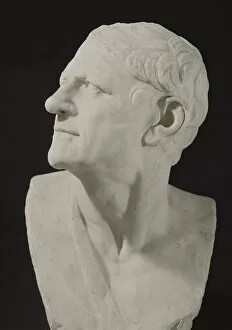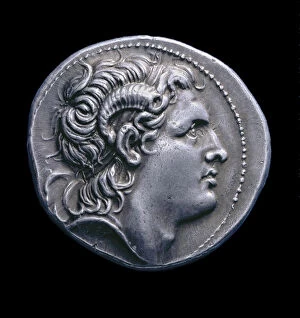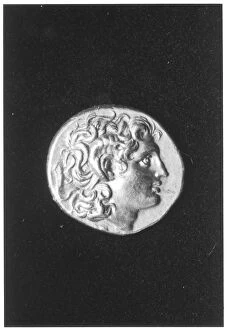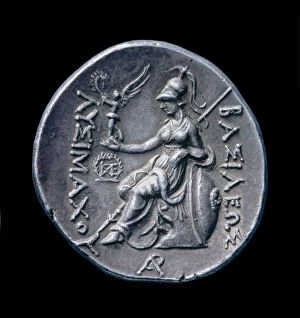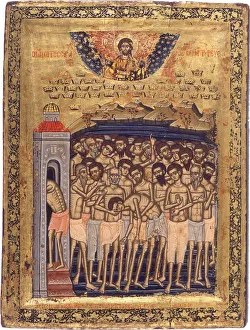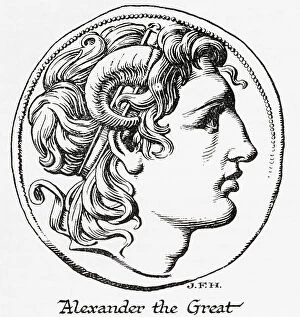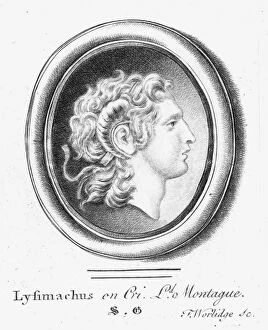Lysimachus Collection
Lysimachus, the King of Thrace, was a prominent figure in ancient Greek history
All Professionally Made to Order for Quick Shipping
Lysimachus, the King of Thrace, was a prominent figure in ancient Greek history. He ruled during the tumultuous period from 306 to 281 BCE and left behind a legacy that is still remembered today. One of the most fascinating artifacts associated with a coin depicting the Goddess Athena. This coin, minted during his reign, showcases his admiration for wisdom and strategy – qualities often attributed to Athena herself. Another significant historical piece connected to Lysimachus is an engraving featuring Alexander the Great. It symbolizes their close relationship as Lysimachus served as one of Alexander's trusted generals. The bond between these two great leaders shaped much of Lysimachus' rule. Silver coins from Pella dating back to 286-281 BC also bear witness to Lysimachus' influence. These coins showcase various symbols such as rams horns representing the Egyptian god Ammon, further highlighting his connections and aspirations beyond Thrace. However, not all aspects of Lysimachus' life were filled with glory and success. The Massacre of the Sons stands as a tragic event that marred his reign. This incident led to immense sorrow and grief for him personally but also demonstrated how power struggles could tear families apart in ancient times. Despite these hardships, there are still remnants celebrating this influential ruler's achievements. A marble bust immortalizes his likeness while tetradrachm coins portray both Alexander himself and depict him alongside King Lysimachus – emphasizing their intertwined destinies. Through various historical artifacts like coins and engravings, we catch glimpses into the life and times – a king who navigated political complexities while maintaining strong ties with figures like Alexander the Great. His story serves as a reminder that even amidst triumphs or tragedies; individuals can leave an indelible mark on history.


